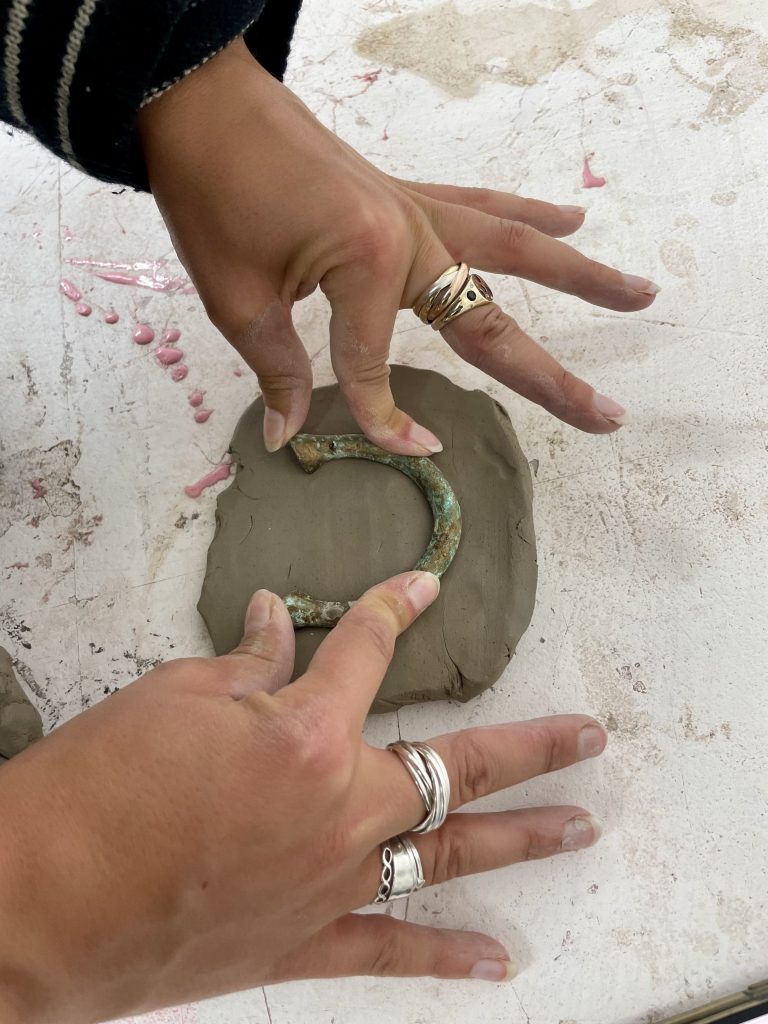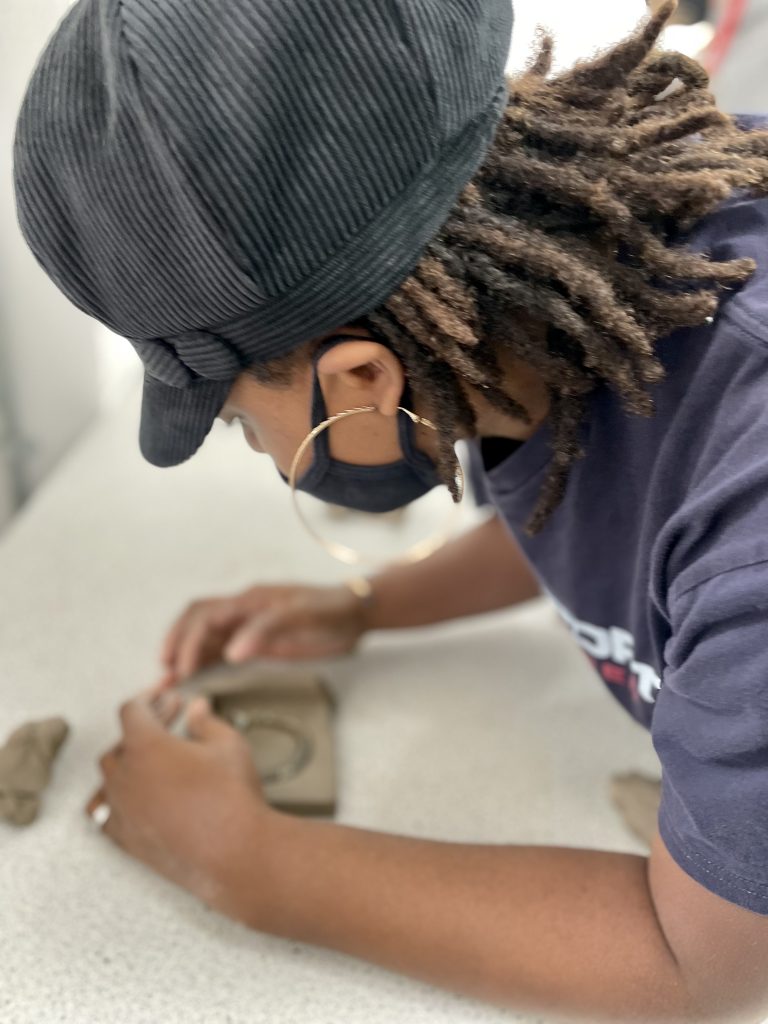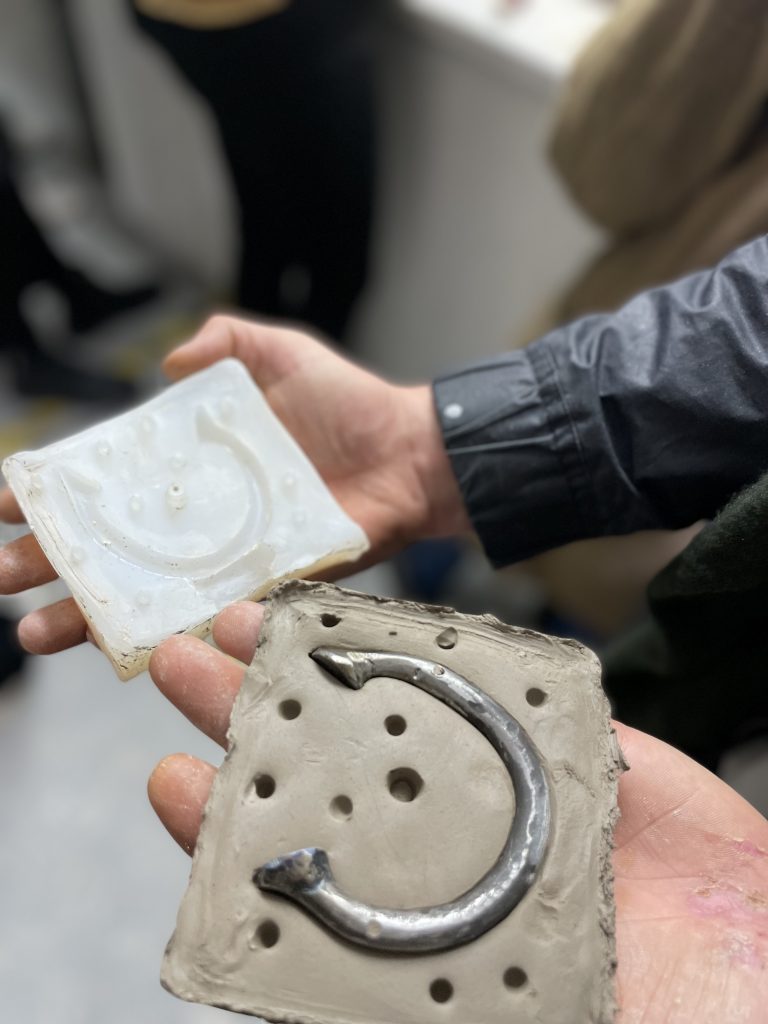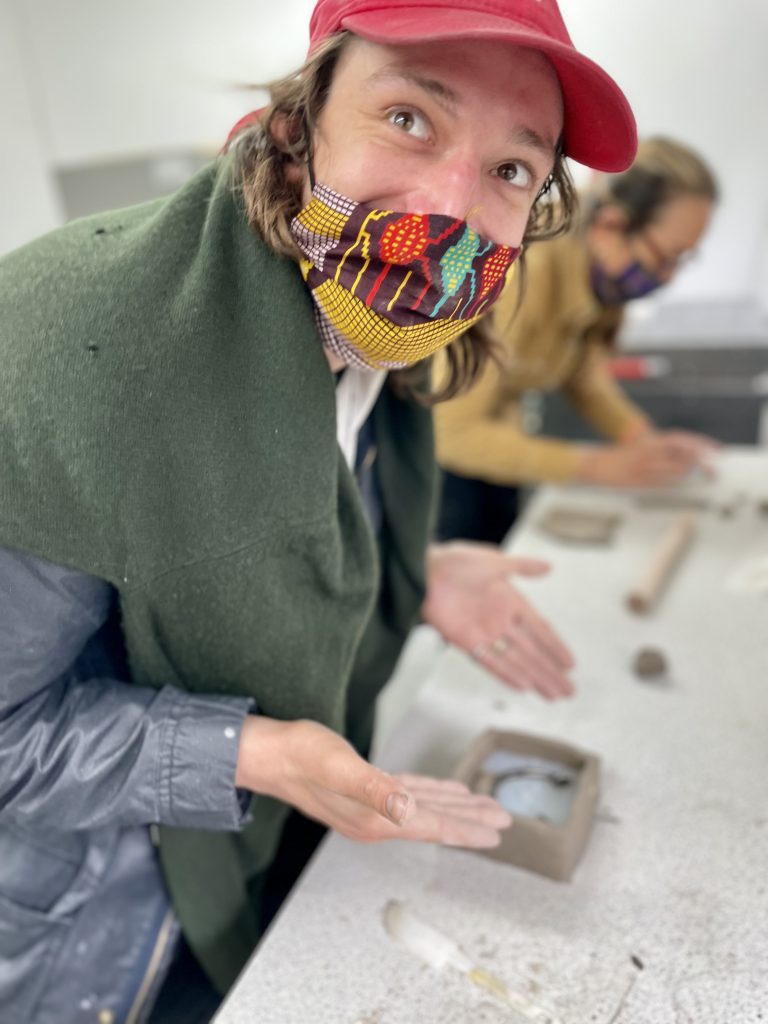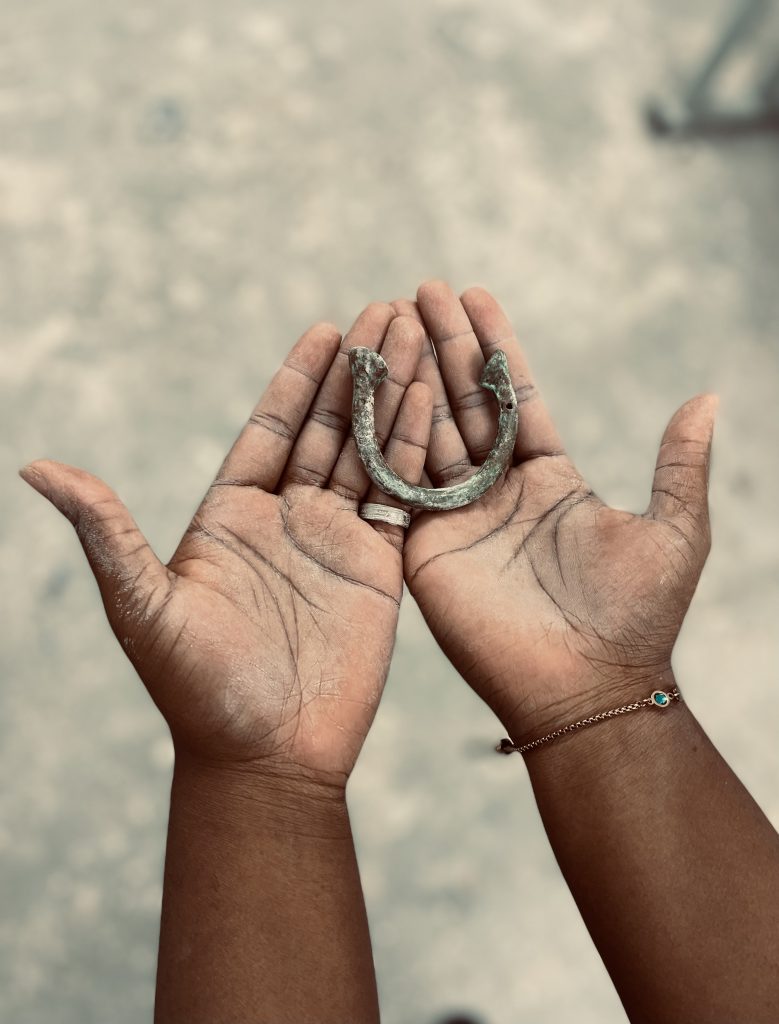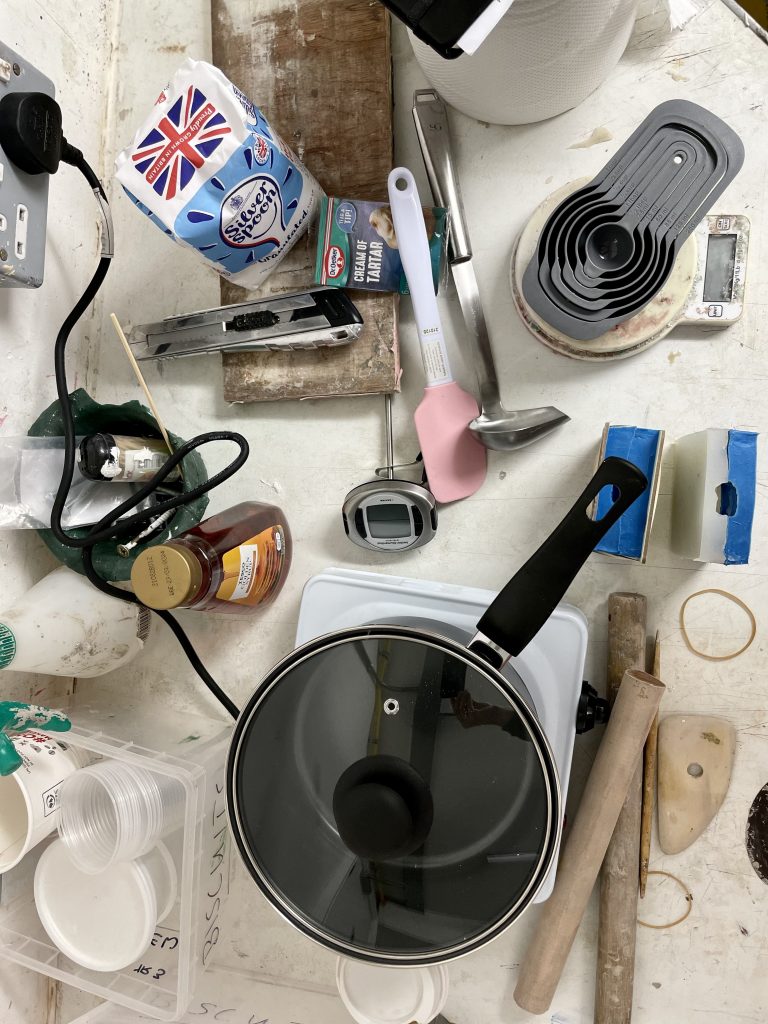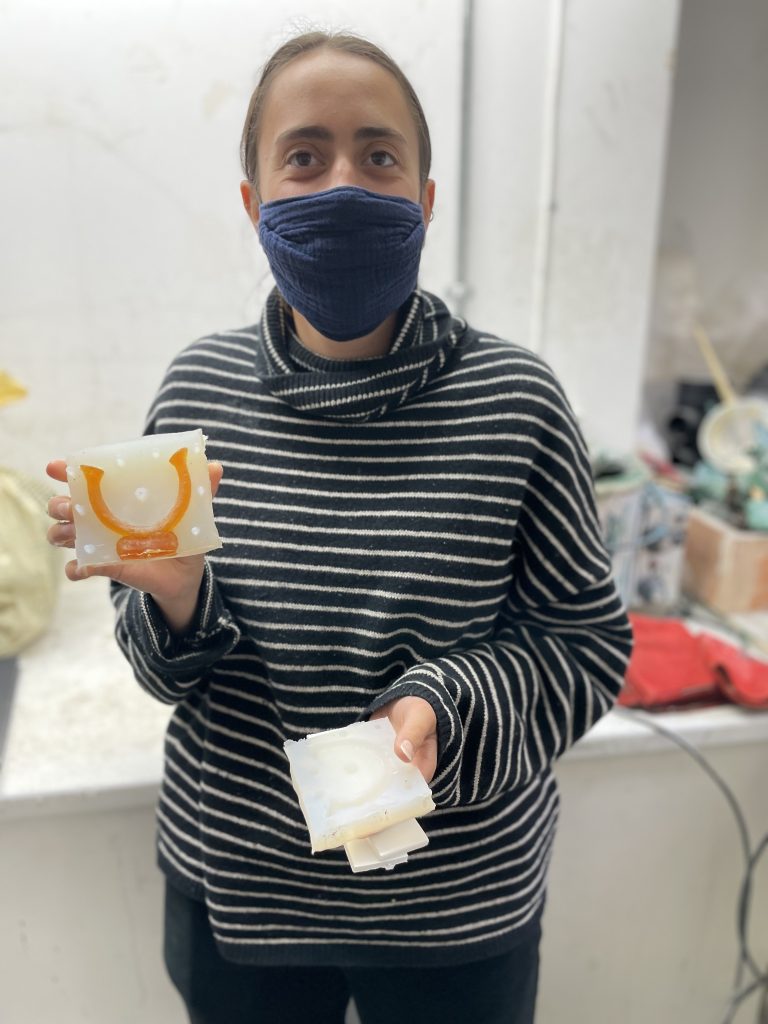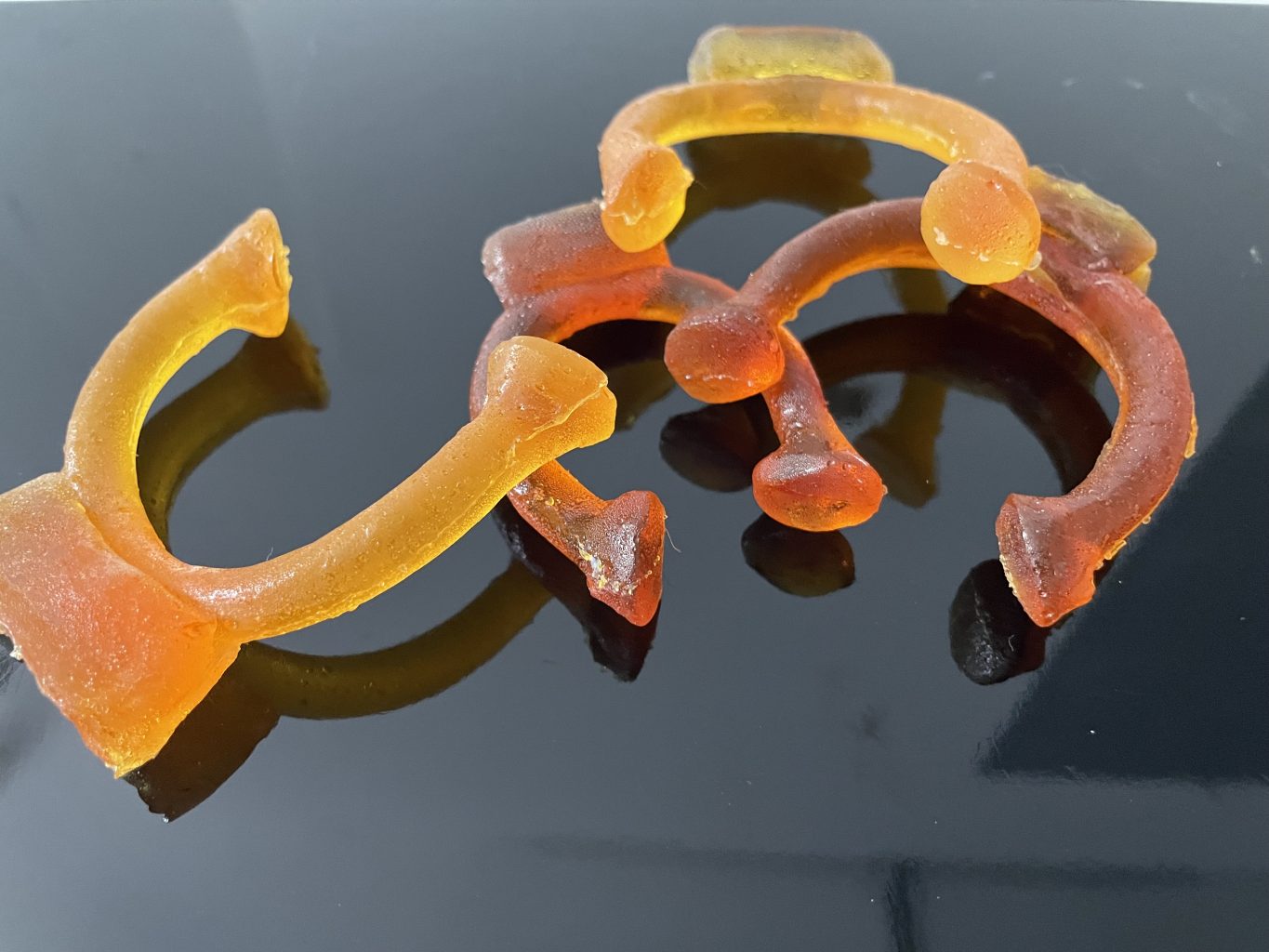
Iron, Copper, bronze and brass Manillas were used extensively as currency in West Africa from the 15th to the 20th Century and played a crucial part in the trading of enslaved people. Records show that in the 1490’s a West African slave cost about 12 to 15 manillas, and in 1522 a female slave aged 16 in Benin cost about 50 manillas.
Metal manillas were forged in the industrial cities of England and other European countries, carried by bearers into the African Interior and exchanged for slaves who were then transported to the Americas and the West Indies to work in the plantations producing sugar and cotton which was then shipped back to Europe and the UK. It is estimated that over a period of 400 years 12-12.8 million slaves were shipped across the Atlantic, 1.2-2.4 million of them died and were thrown overboard before they even reached the Americas.
This week, we were delighted to have the artist Karen McLean run a workshop with our Art & Material Histories students in which we explored the history and legacy of slavery and some of the many materials directly associated with it.
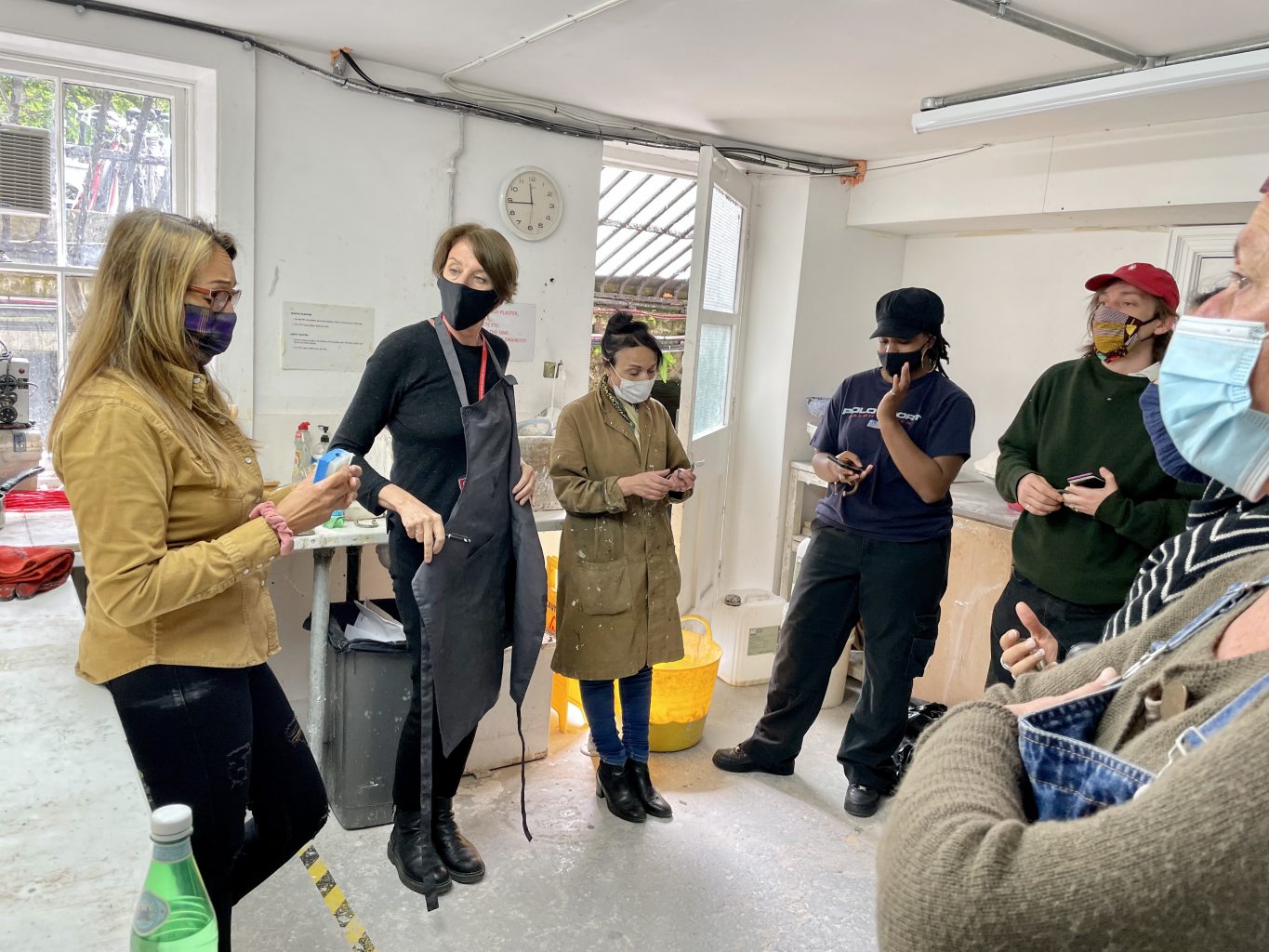
Karen’s research focusses on understanding the complex histories of enslaved people and the many acts of resistance that helped bring about Abolition in 1933. The workshop combined hands-on learning with listening and discussion and resulted in the casting of unsettlingly beautiful sugar manillas.
A huge thank you to Karen for an incredibly inspiring and educational day.
